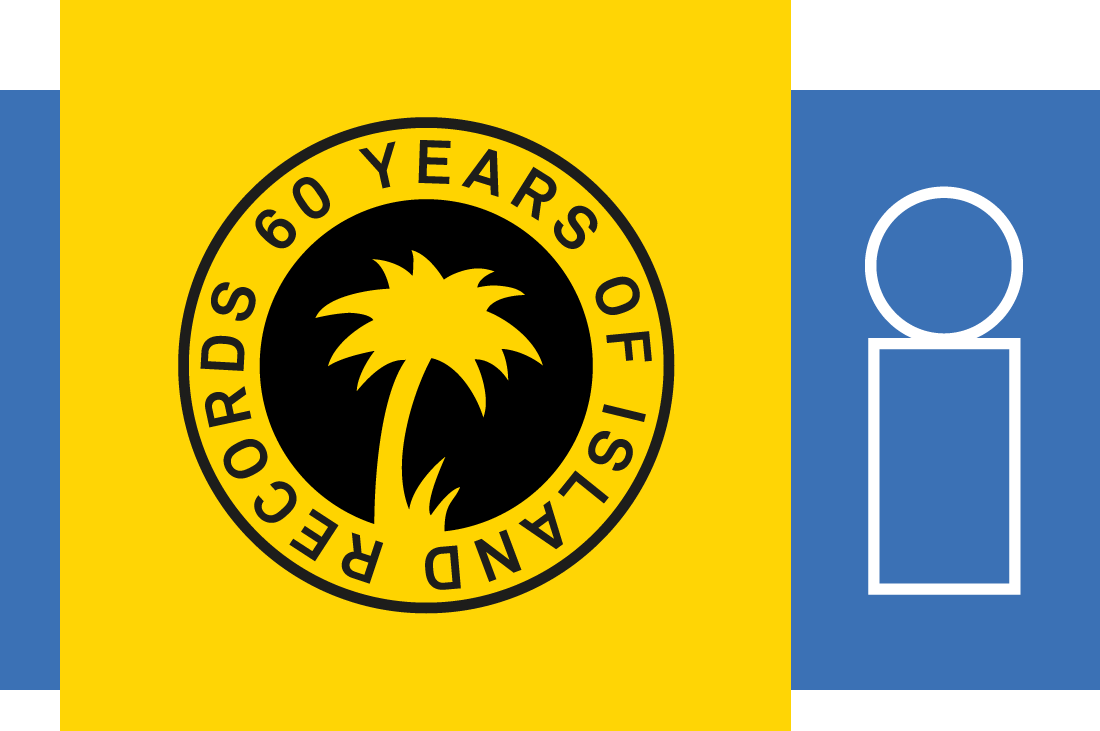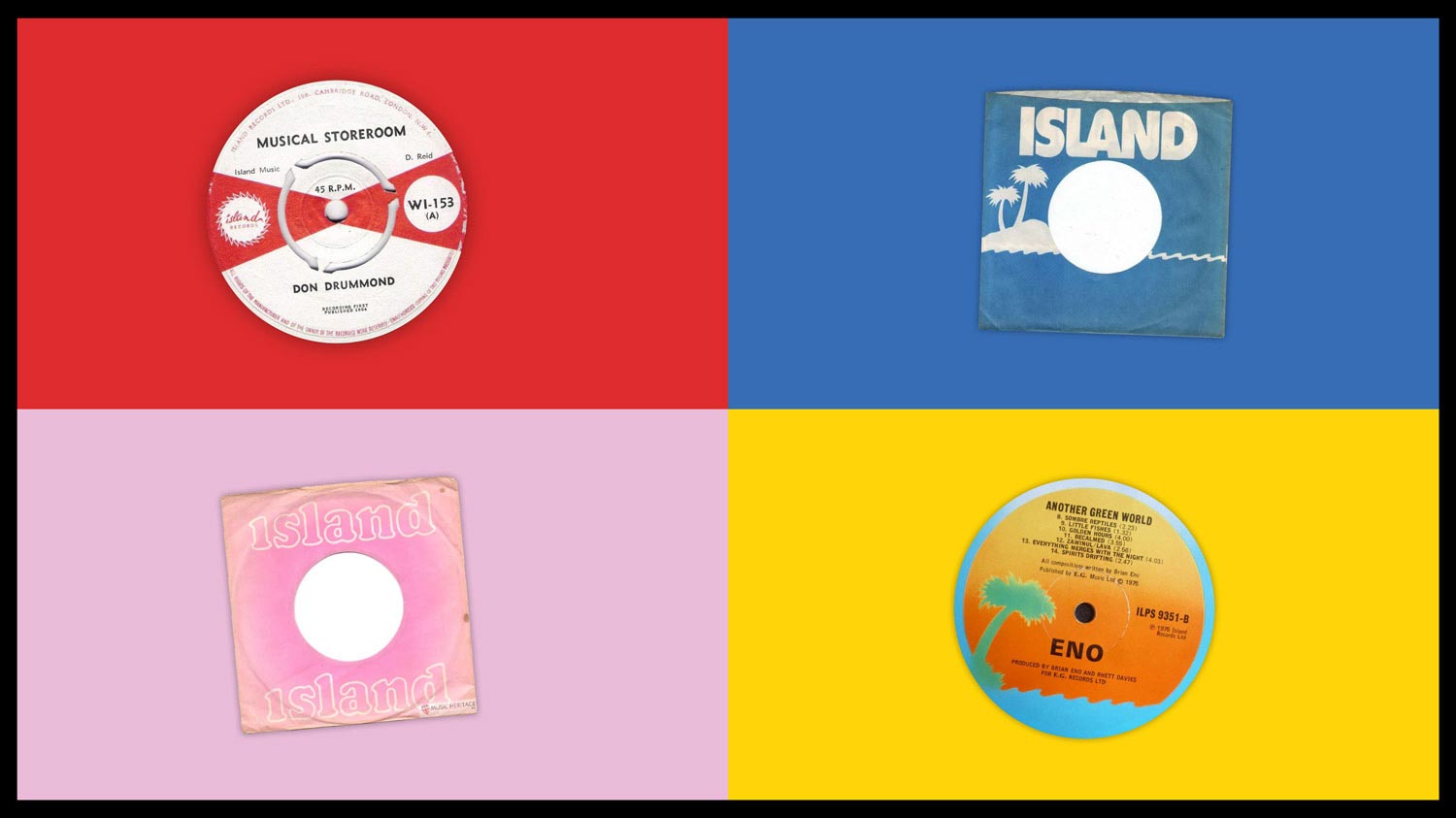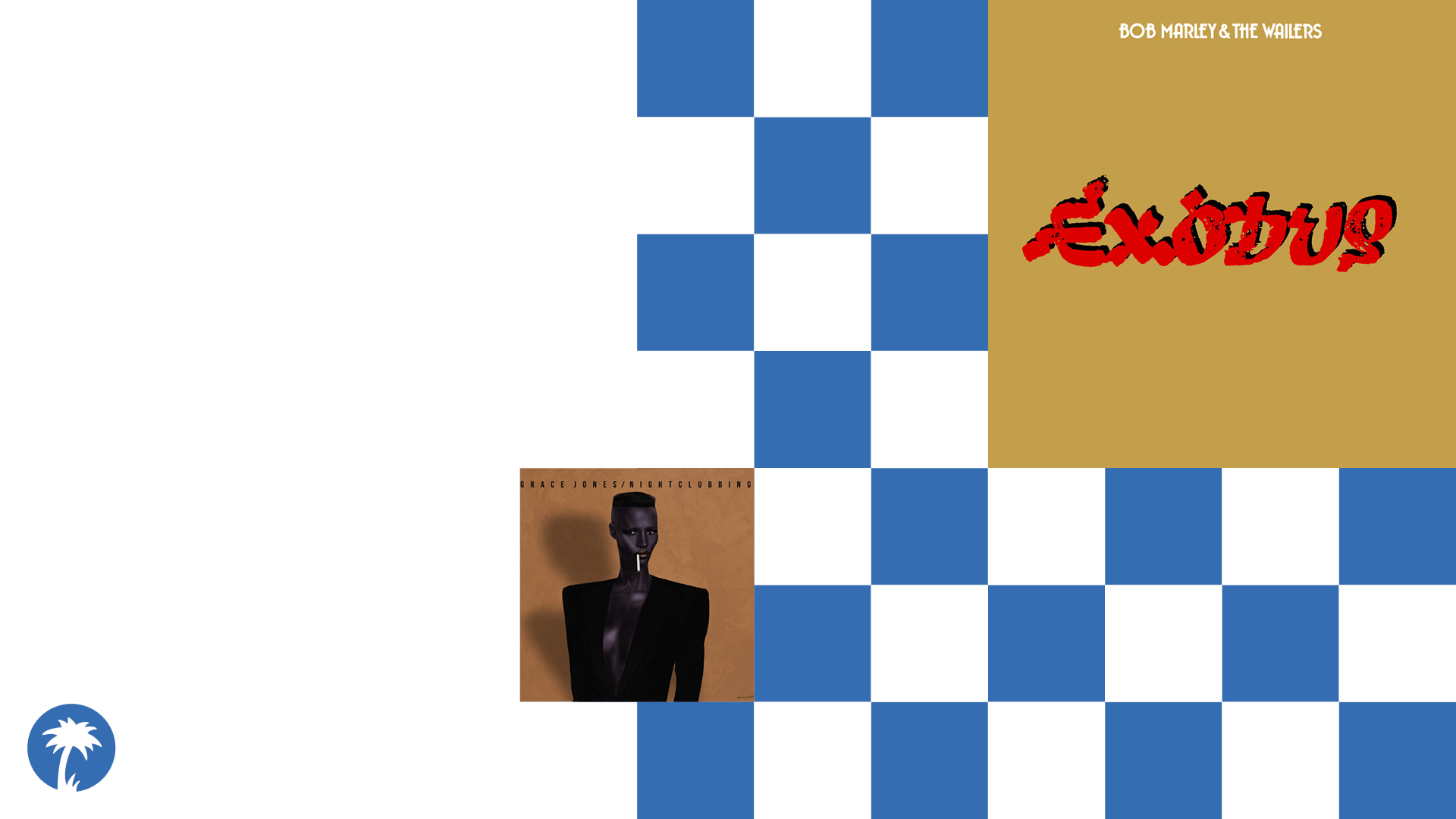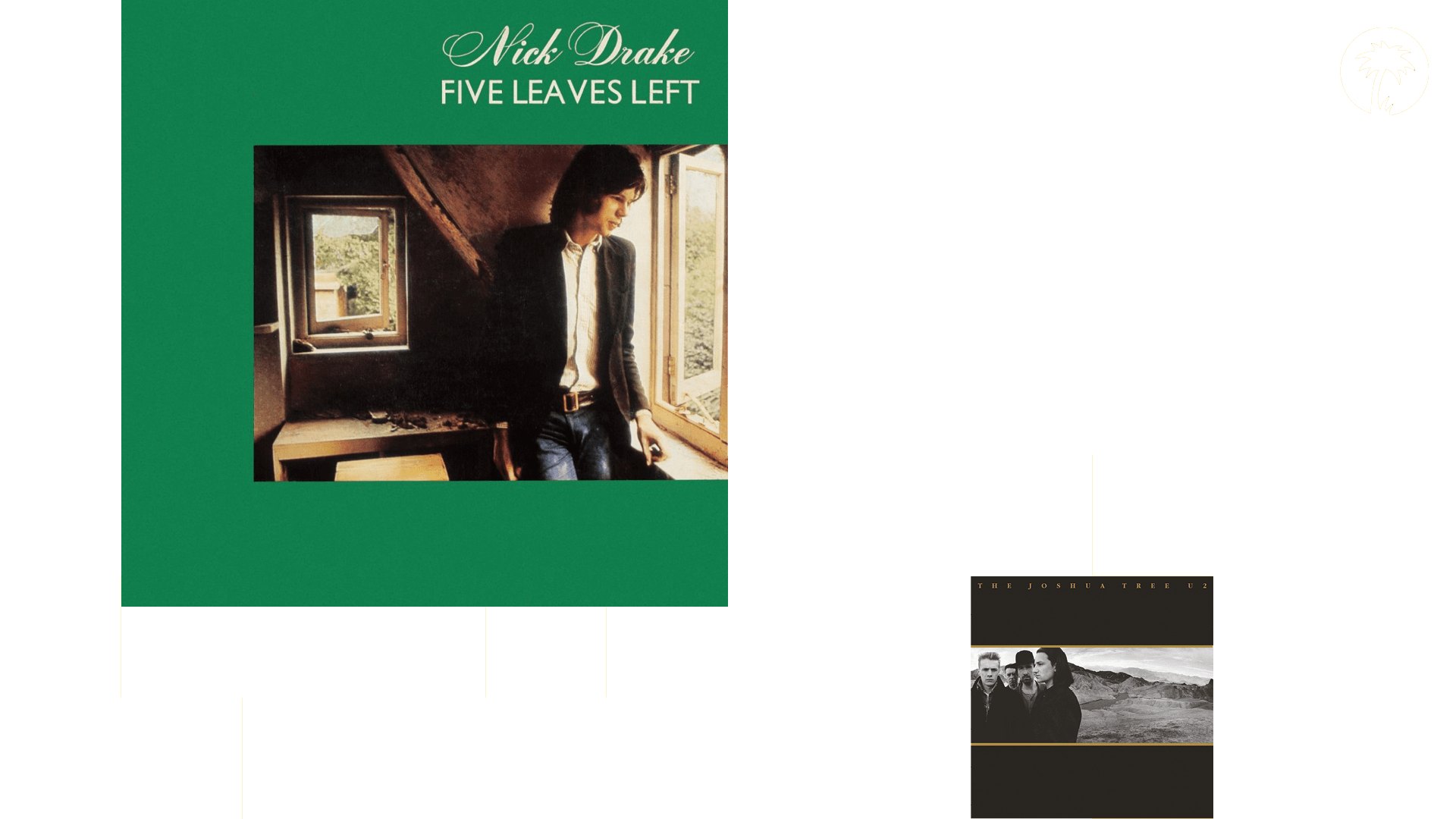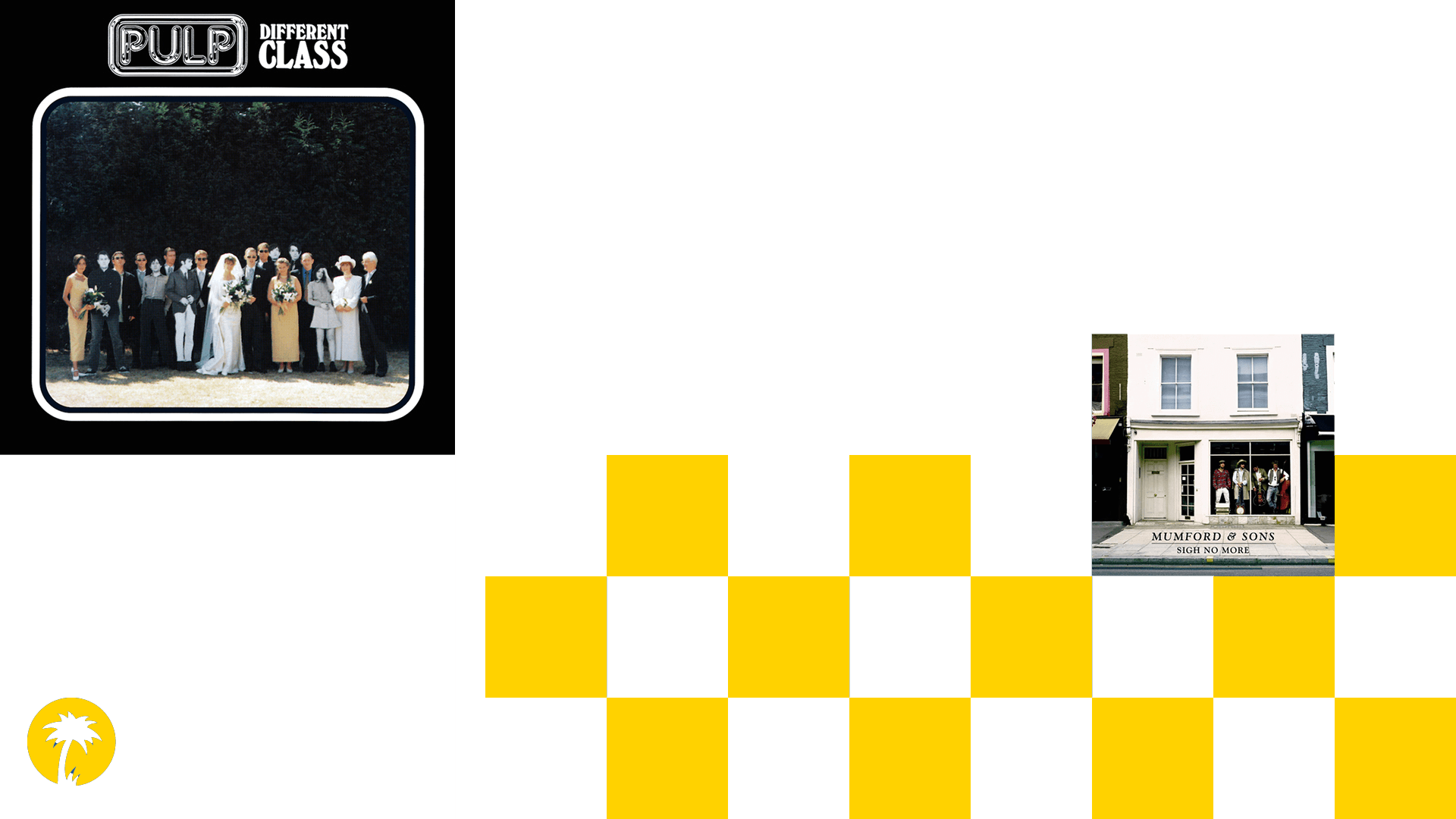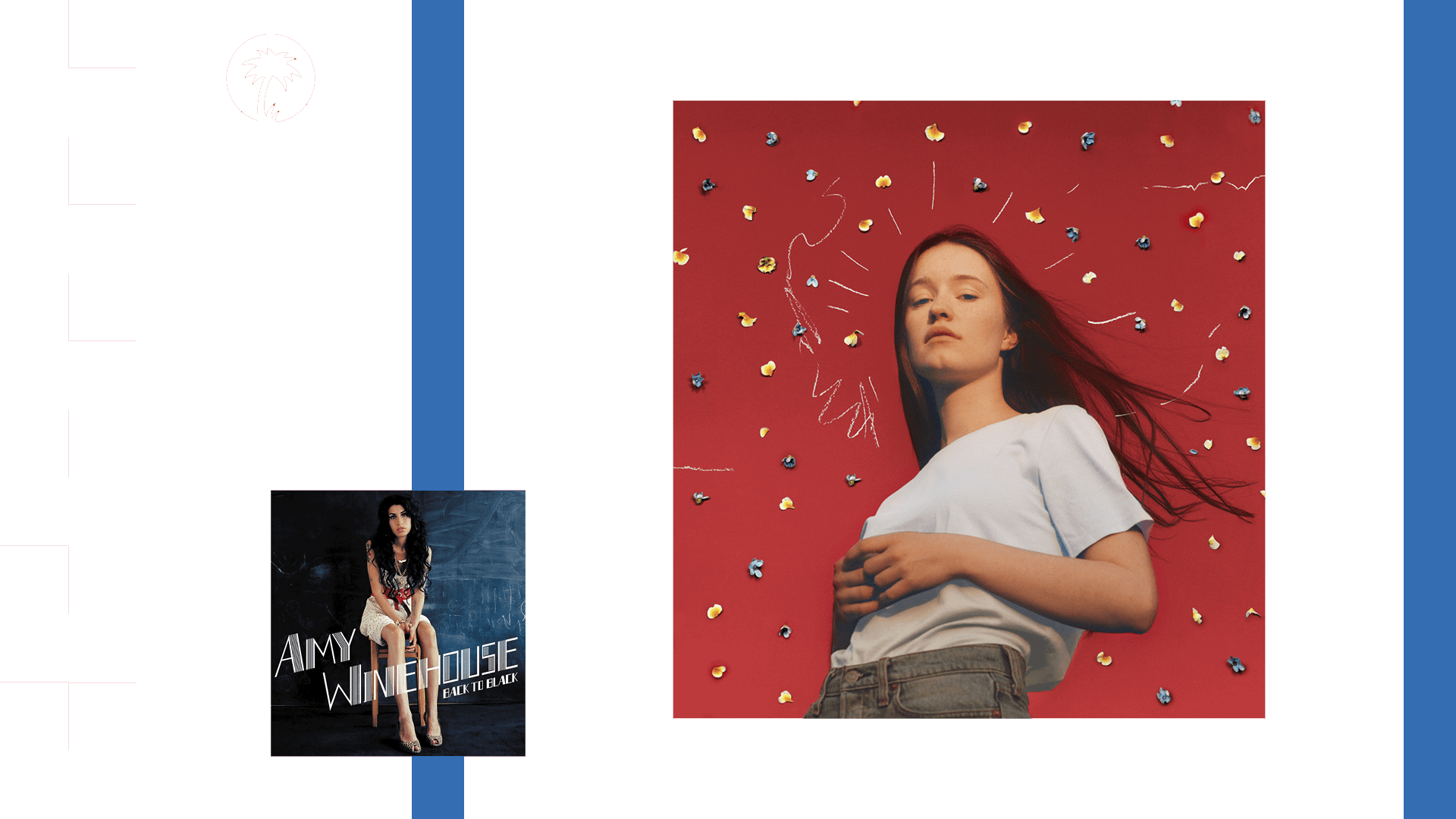The history of Island began with a jazz album made in Jamaica. In 1959 – the same year as Berry Gordy was putting together his fledgling Tamla label in Detroit – a young, Jamaican-based Englishman, Chris Blackwell, released an album of jazz standards by blind Bermudan singer and pianist Lance Hayward called At The Half Moon Hotel, Montego Bay. Blackwell, 21, had started a record label, named Island after Alec Waugh's novel Island In The Sun, with a loan from his parents. He went on to release a string of records which tapped into Jamaica's vibrant music spirit, securing his first hit with Laurel Aitken's Boogie In My Bones, before relocating to London with his three business partners in 1962.
Blackwell distributed the records himself, driving up the newly-opened M1 motorway in his Mini Cooper
In the UK, Blackwell distributed the records himself, driving up the newly-opened M1 motorway in his Mini Cooper to serve the West Indian immigrant communities in London, Birmingham and Manchester. Not every artist he signed saw their records released on Island. His first UK hit, in 1964, was a ska cover of Barbie Gaye's Fifties hit My Boy Lollypop, sung by Jamaican teenager Millie Small and licensed to Fontana, part of the Philips group. Realising you could compete with yourself in the record racks, Blackwell also set up subsidiaries. There was Black Swan for ska and Jump Up for Trinidadian calypsos. Another subsidiary, Sue, was run by the legendary Guy Stevens, DJ at fabled Soho mod club The Scene and the man with the most extensive collection of American R&B in the UK. Among the hits on Sue were Inez & Charlie Foxx's Mockingbird and Bob & Earl's Harlem Shuffle.

